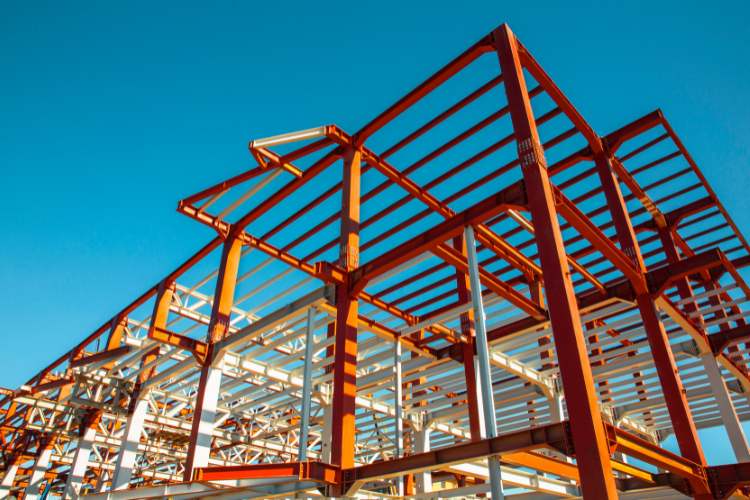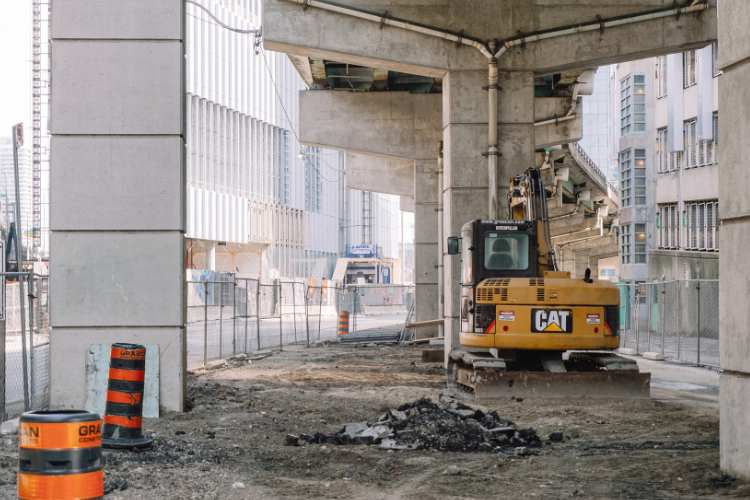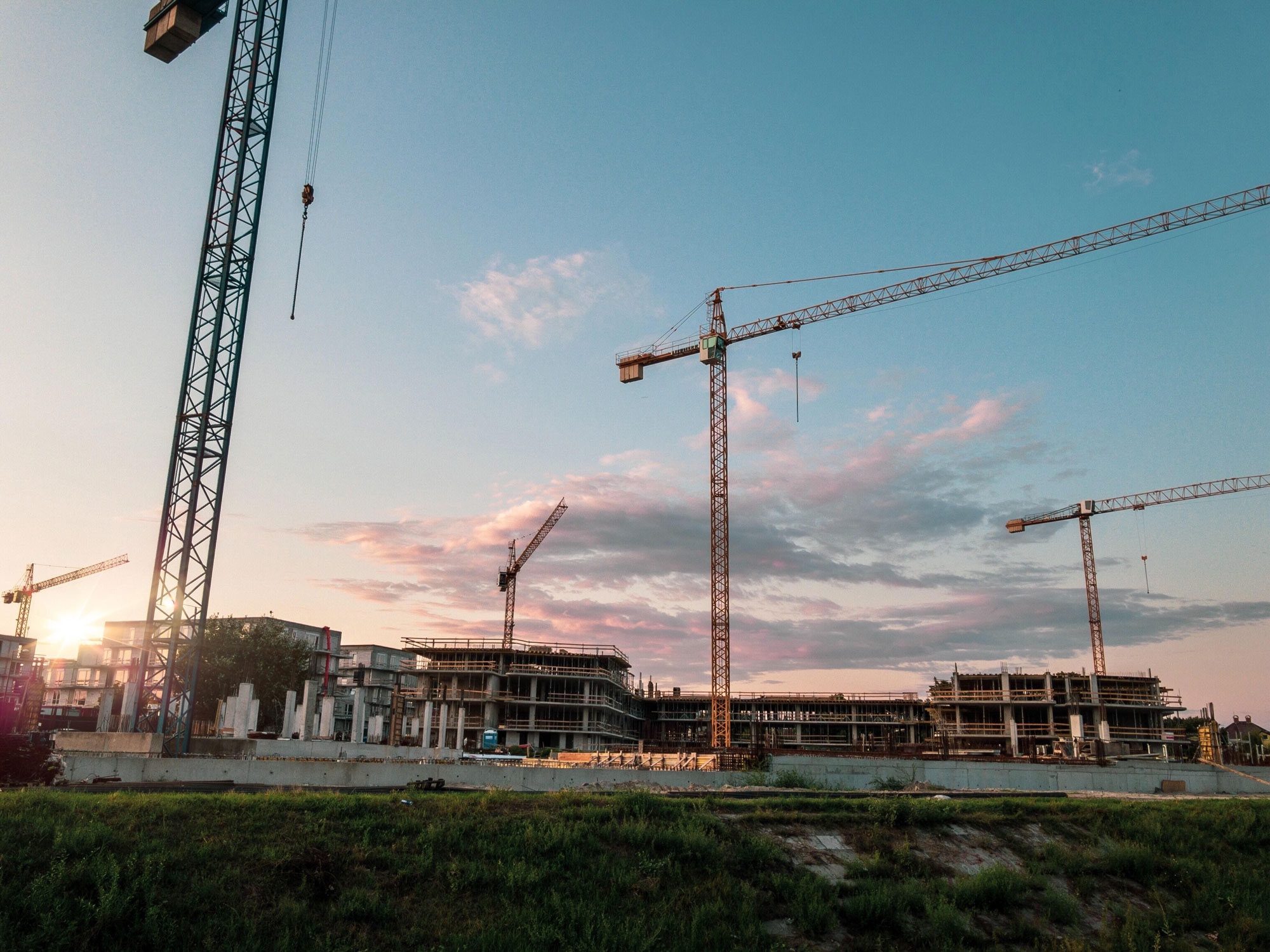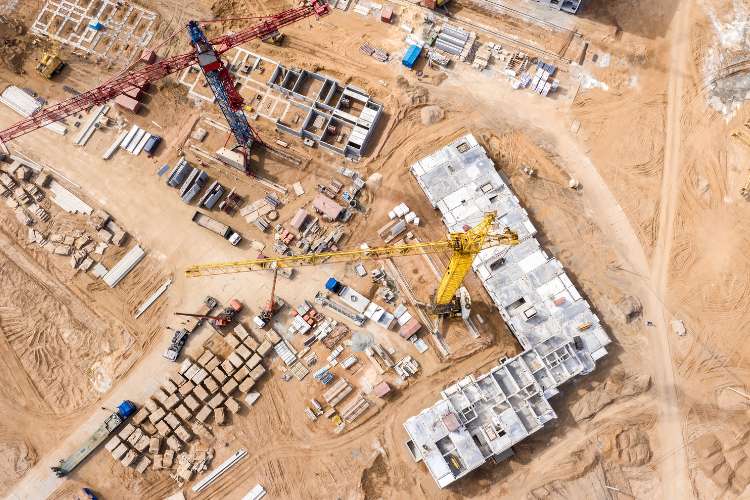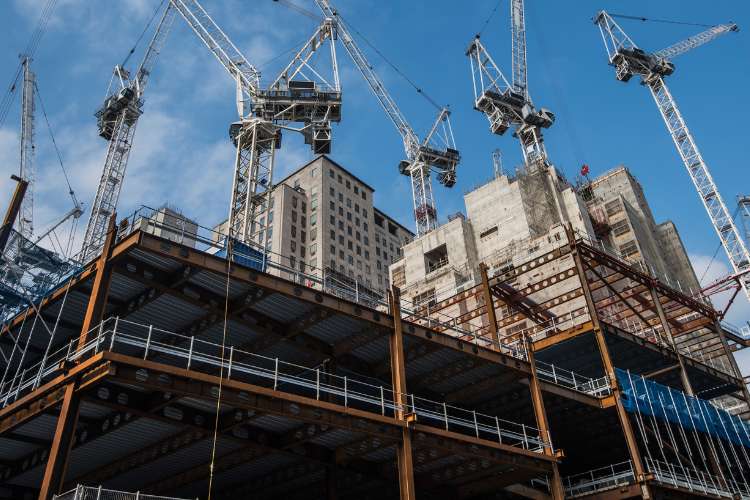Panelization or panelized construction offers a faster, more efficient way to build that is gaining popularity in the construction world. It has been adopted in many parts of the world, as it offers many benefits over traditional construction methods, making it ideal for projects of all sizes.
As a subcontractor, you might be wondering if this construction method is something you should consider for your next project. Here, we will explore panelization in more detail to help you decide if it is the right choice for your business.
Table of Contents
- What is panelized construction?
- What is the difference between modular and panelized construction?
- What are the benefits of panelization?
- How can panelization be used in construction projects?
- How much does panelized construction cost?
- What are the challenges to panelization?
- When is the best time to adopt panelization?
- Is panelization right for your project?
What is panelized construction?
Panelization is a construction method in which the structural elements of a building are fabricated off-site in a controlled environment. This process eliminates much of the on-site labor, saving time and money on your project.
With panelization, the elements are assembled into two-dimensional walls, floor, or roof components called panels. These panels can be made out of lumber, cross-laminated timber, cold-formed or structural steel, concrete, or a combination of more than one of these systems. Then, the panels are transported to the job site and erected.
Some panels come with pre-installed windows, plumbing, and electrical rough-ins, but all panels will have the structural skeleton of the frame. They have also already been cut to size and shape, while others may require some on-site trimming.
What is the difference between modular and panelized construction?
Panelized construction differs from modular construction in a few key ways.
In modular construction, the entire building sections are built and finished, from the studs to the paint and carpet, in a factory. These sections are transported to the construction site and assembled like a giant puzzle.
On the other hand, in panelized construction, a panel manufacturer creates the structural elements of the building. The interior finishes are done on-site after the panels have been erected, giving you more flexibility in terms of design and allowing you to make changes more efficiently during the construction process.
What are the benefits of panelization?
Increased Efficiency
Panelized construction is a more efficient way to build. By manufacturing structural elements off-site, construction teams can avoid many on-site delays that usually occur with traditional construction, which can help speed up the overall construction process.
Greater accuracy
Panelized construction offers greater accuracy than traditional methods. When panels are created in a factory, they are able to be created with greater precision. This results in a reduction of errors when putting things on site.
Reduced Waste
By prefabricating the panels in a controlled environment, you can eliminate much of the material waste that occurs with traditional construction methods.
Increased safety
Panelized construction is generally safer than traditional methods. Because much of the work is done in a factory setting, there are fewer opportunities for on-site accidents to occur.
How can panelization be used in construction projects?
Panelized construction can be used in a variety of different ways. Some common applications include:
Wall panels
Prefabricated wall panels are one of the most popular ways to use panelization in construction. These panels can be made of various materials, including brick, stone, stucco, fiber cement siding, or even metal. There are three types of wall panels:
Loadbearing: These panels support the weight of the entire structure.
Curtain wall: These panels carry the weight of the exterior cladding and transfer wind loads.
Nonstructural panels: These panels are used for interior partitions and do not carry any loads.
These are used extensively in commercial construction as they offer a fast, efficient way to build.
Roof panels
Panelized roofs are extremely strong and require either no roof expansion joints or fewer expansion joints than other roof types. It makes it easier to attach the roofing directly to the roof deck, flash roof penetrations, downspouts, and install insulation, sprinkler systems, air ducts, and other interior mechanics.
Floor panels
Floor panels are another way that panelization is used in construction. These panels can be made of concrete, metal, or wood and are typically used in commercial construction projects. They offer a fast, efficient way to build and can be installed quickly with minimal disruption.
How much does panelized construction cost?
The best thing about panelized construction is that it can save you money.
Labor
Panelization is a more efficient process that can save you money on labor. Laborers will spend less time on-site because the panels are pre-built and easily fit together like Legos. They also do not need to be as skilled because they will be working with pre-cut panels, and you will not need as many workers on-site.
Materials
The cost of materials used in panelized construction can vary depending on the type of panels used and the size and location of the project.
As a subcontractor, you know how expensive it can be to buy materials in smaller pieces. But panel manufacturers can purchase raw materials in bulk and pass those savings on to you.
Furthermore, most panel manufacturers use high-quality materials, which saves you money on repairs. They also make their panels in standard sizes, saving money in the long run because you will not have to order custom-made panels.
In a case study by WoodWorks.org, Greg Boyd from La’au Structures said that in Hawaii, a typical all-wood panelized roof system could cost $10 per square foot, a hybrid system generally costs $10-$11.50, and an all-steel roof system could cost $15.00 to $16.00 per square foot.
Contractors, developers, and owners are increasingly turning to panelized wood roof systems due to cost savings of $1.50 per square foot.
Overall, panelized construction can save you up to 20% on your construction project.
What are the challenges to panelization?
Transportation
One of the biggest challenges with panelization is transportation. Panelized buildings are typically larger and heavier than traditional structures, making them difficult to transport. Also, because panels are often shipped long distances, there is a risk of damage during transit.
Additionally, shipping the panels cost a lot when shipping long distance, which can result in a higher overall cost for the project.
Limitations on modification
Another challenge with panelized construction is that there may be limitations on how the panels are modified. This can be a problem if you need to make changes to the design of your project during construction.
When is the best time to adopt panelization?
The best time to panelize a project is during the design phase. Shop drawings must be created and approved eight to twelve weeks before construction and panel fabrication begins. Choosing to use panels early in the design process allows for early coordination and detailing and minimizes conflicts. This will enable you to design every detail of the floor plan and make changes to fit your budget.
Is panelization right for your project?
Panelization is an excellent option for many construction projects. It’s a great way to save time and money as it offers numerous benefits, including increased efficiency, accuracy, reduced waste, flexibility, and increased safety.
Panelization is commonly used to construct warehouses, office buildings, retail stores, and schools. These structures are typically made up of repetitive, identical units that can be mass-produced in a factory setting.
If the construction site is in a remote area or the terrain is difficult to access, panelization can be a great solution. Because the panels are prefabricated off-site, they can be easily transported to the construction site as opposed to bringing different construction materials to the site and starting from scratch.
However, panelization is not right for every project. It is not well suited for projects requiring many customizations or modifications, as the panels are difficult to alter once they have been manufactured.



